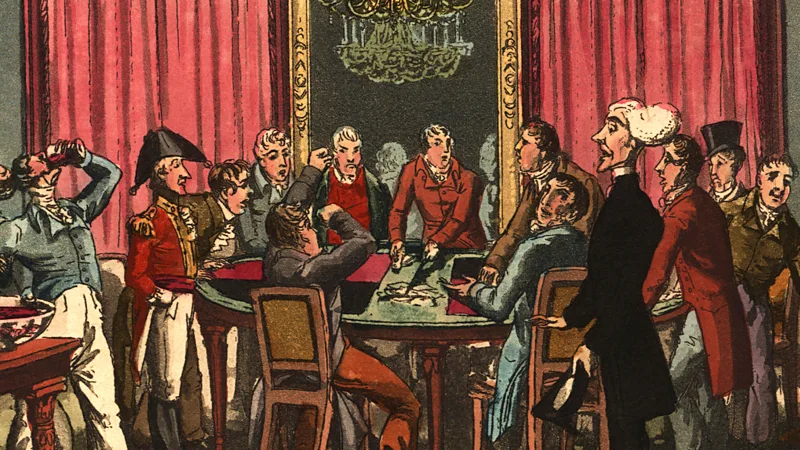
The Enduring Allure of Members-Only Clubs in London: A Deep Dive into British Club Culture
Members-only clubs in London are more than just private spaces—they are social institutions deeply embedded in British culture. For over 300 years, these elite establishments have been sanctuaries for the powerful, the wealthy, and the well-connected. Whether steeped in politics, literature, or pure exclusivity, these clubs have shaped the city’s social landscape—and continue to spark debate over who gets to belong.
London is home to 133 members-only clubs—more than any other city in the world. From the aristocratic Georgian haunts to modern hubs like Soho House, these clubs embody tradition and transformation. But recent controversies—such as the Garrick Club’s reluctance to admit women—have reignited discussions about their place in contemporary society.
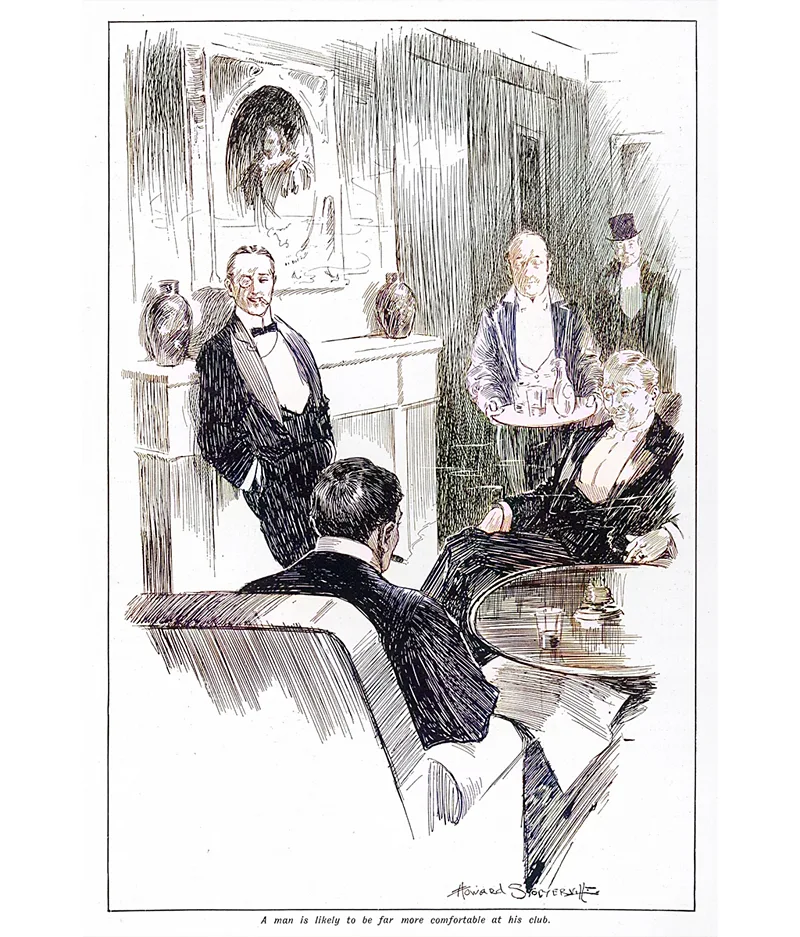
Origins in Coffee, Cards, and Conversation
The roots of London’s club culture trace back to 17th-century coffee houses, where intellectuals and aristocrats gathered for spirited conversation. The line between socializing and vice blurred early—Mrs White’s Chocolate House, opened in 1693, combined hot drinks with high-stakes gambling. That same venue would later evolve into White’s, London’s oldest club and famously male-only to this day.
These clubs quickly evolved into private sanctuaries where men of influence could dine, drink, and network. As the Georgian era unfolded, new clubs like Brooks’s and Boodle’s catered to the elite’s growing appetite for luxury, privacy, and camaraderie.
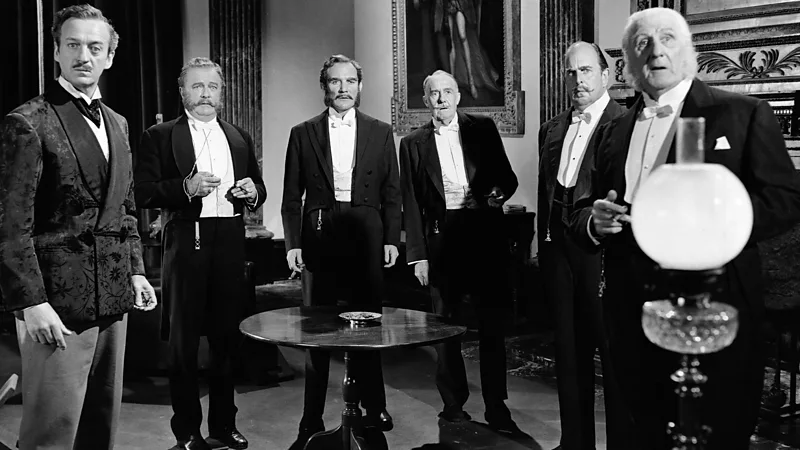
Politics, Power, and the Victorian Boom
The 19th century saw a boom in club culture, especially as the Victorian age emphasized decorum and public morality. Clubs became political bastions: the Carlton Club for Conservatives, the Reform Club for Liberals. These venues weren’t just social hubs—they were unofficial centers of power, influencing national discourse and decision-making.
It wasn’t unusual for high society to orbit these clubs. Even Parliament itself, with its tea rooms and libraries, was dubbed “the best club in London” by Charles Dickens. The prestige of club membership was such that waiting lists could span decades.
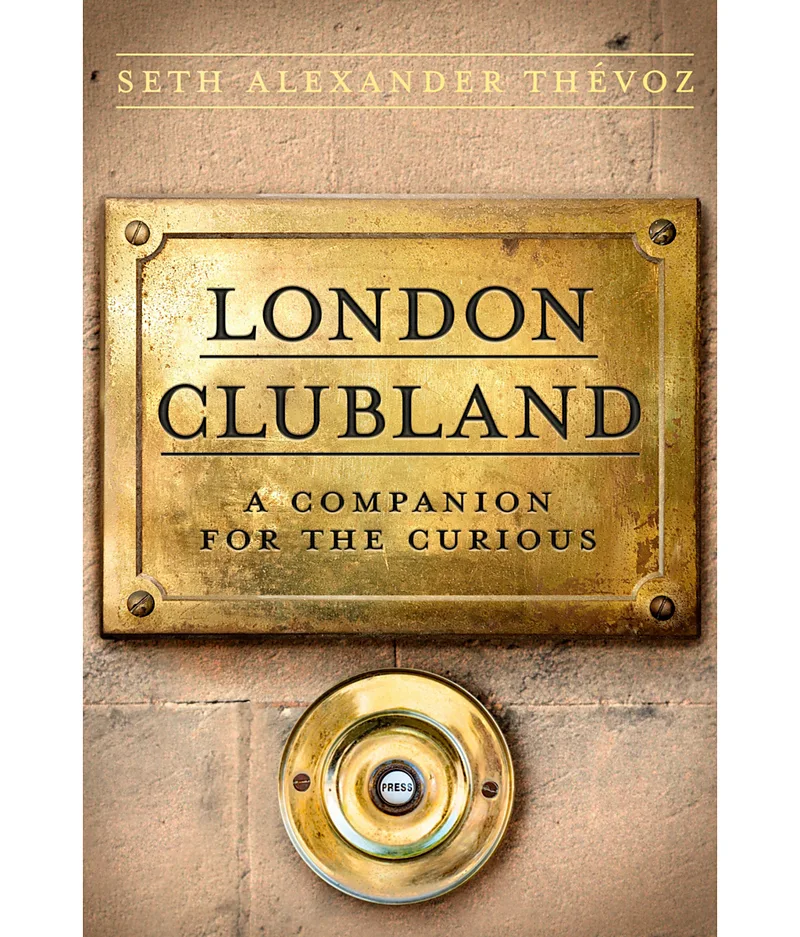
Royalty and Rebellion: A Club for Every Taste
Clubs have always been royal playgrounds. King Charles III held his stag night at White’s, while King Edward VII founded the Marlborough Club to escape gossip about his escapades. But it wasn’t all tradition—some clubs pushed boundaries. The Albemarle Club, founded in 1874, accepted both men and women and became central to Oscar Wilde’s tragic downfall.
Meanwhile, the literary elite found their homes in places like Buck’s Club (home of the Buck’s Fizz) and the Academy Club, founded in 1985 as an antidote to elitist pomposity. Even fictional clubs—from PG Wodehouse’s Drones to James Bond’s Blade’s—took inspiration from real-life counterparts.
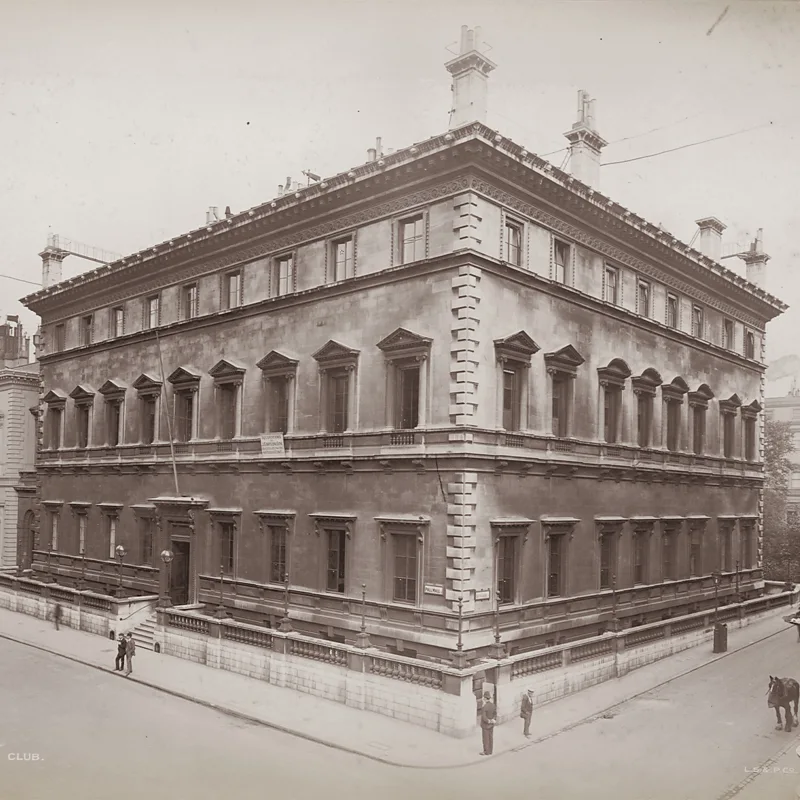
Gender and the Great Divide
Despite modern shifts, many historic clubs still cling to old rules—particularly concerning gender. The Garrick Club, long criticized for its men-only policy, only recently allowed a few women to join. Yet the process remains opaque and off-putting, as shown by journalist Julie Etchingham withdrawing her application in 2024.
That same year, the Savile Club voted to continue excluding women. Even as some clubs like Pratt’s and the Reform Club have opened their doors to female members, resistance remains entrenched.
An open letter from top female lawyers to the Garrick Club underscored how far there is to go. Behind closed doors, a WhatsApp group of members opposed to change has even dubbed itself “Status Quo”—a name that says it all.
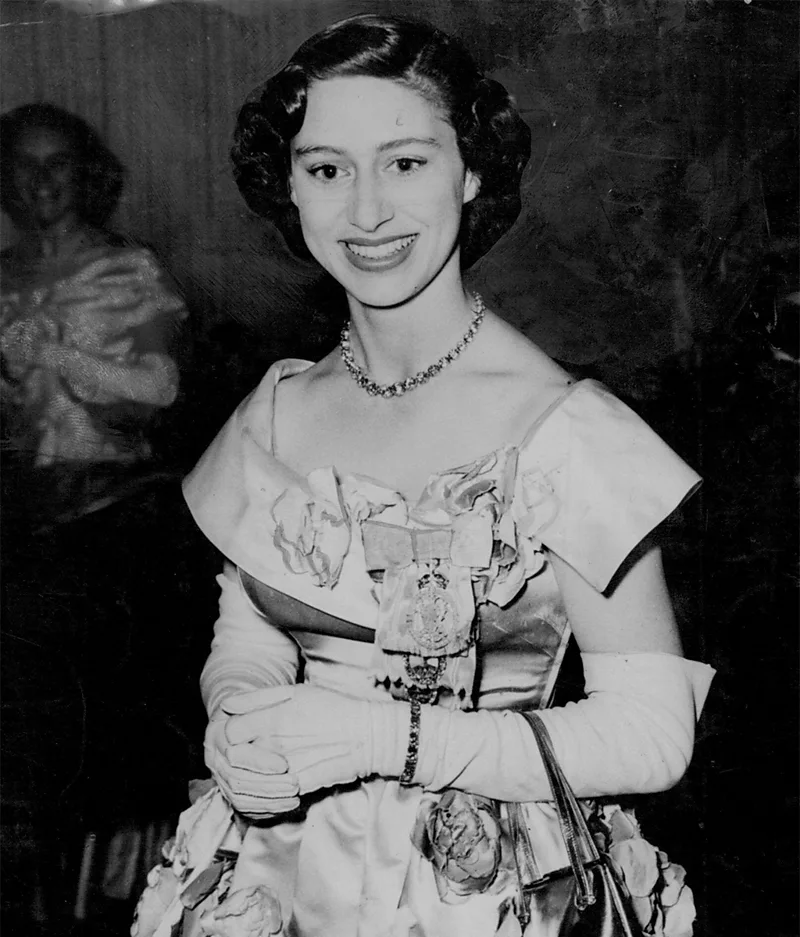
The Decline and Revival of Club Culture
Club life began to wane in the 20th century due to rising costs, evolving social norms, and declining membership. At one point, nine out of ten historic clubs closed their doors. But not all disappeared. Clubs with a strong identity—like the military-themed In and Out Club, or the theatrical Garrick—survived by maintaining tight-knit, loyal communities.
Women-only clubs once flourished too, especially in the early 1900s, catering to professional and independent women. Today, only one remains from that era—the University Women’s Club in Mayfair.
The tide turned in the 1980s, when Mark Birley launched Annabel’s, a glitzy nightclub for the aristocracy, and the Groucho Club emerged as a creative haven that favored talent over title. These clubs signaled a new era—still exclusive, but less rigid.
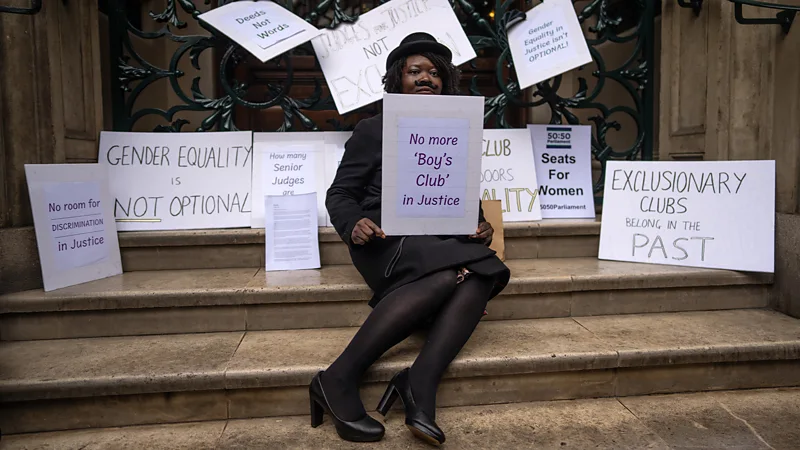
The Soho House Generation
Modern members-only clubs like Soho House have reshaped the landscape. No longer just for the political or literary elite, these clubs attract entrepreneurs, celebrities, and creatives. With multiple branches in London and beyond, Soho House mixes workspaces with social settings—and famously hosted Prince Harry and Meghan Markle’s first date.
In contrast to the old boys’ network, today’s proprietary clubs emphasize accessibility, diversity, and lifestyle appeal. Yet even with new values, the core appeal remains unchanged: a curated environment, a sense of belonging, and the comfort of being among peers.
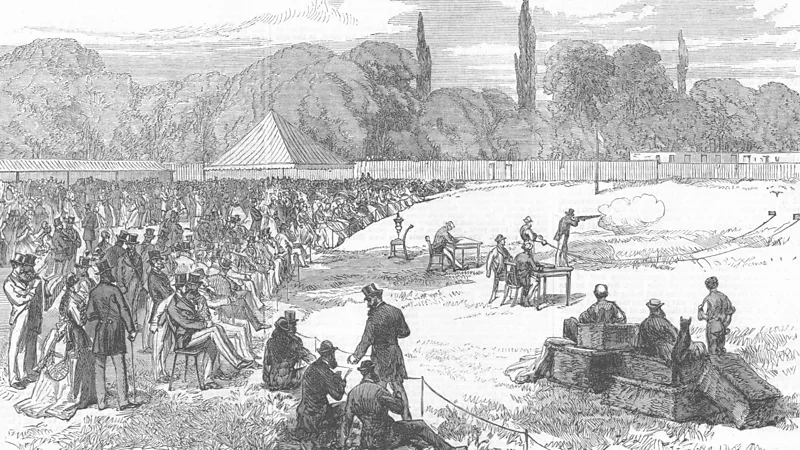
A British Obsession That Endures
The continued popularity of members-only clubs in London speaks to a uniquely British love for tradition, exclusivity, and social ritual. From the bow windows of Boodle’s to the velvet lounges of Soho House, these clubs represent more than just privilege—they’re a mirror to evolving identities, values, and class structures.
Dr. Seth Alexander Thévoz’s book London Clubland: A Companion for the Curious dives deep into this world, chronicling how these institutions have survived, adapted, and—sometimes reluctantly—changed. As he puts it, the British fascination with club membership runs deep, from Scouts and drama societies to the oak-paneled halls of Pall Mall.
Whether they resist or embrace change, members-only clubs in London remain cultural touchstones. And as long as there’s a desire for privacy, prestige, and peerage, they will continue to shape the capital’s social fabric.




Average Rating